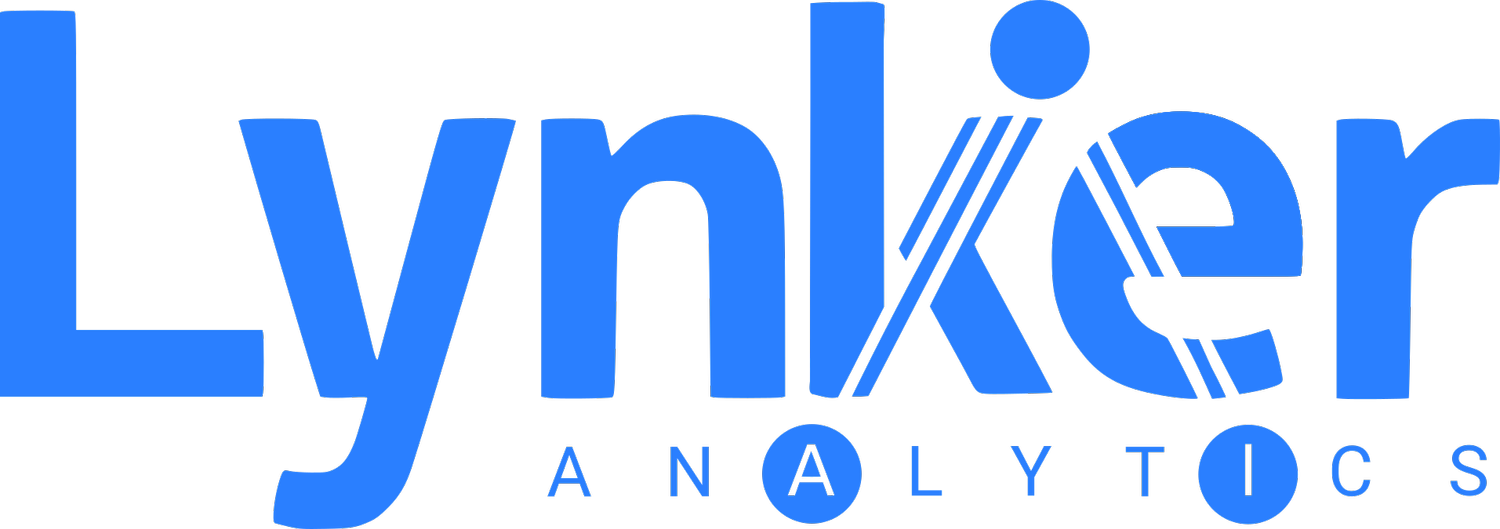Lynker Analytics together with partners Snap IT and Teem Fish Monitoring are researching methods to automate the measurement of fish for use in processing sites and on commercial fishing vessels in New Zealand. The work is being managed by Fisheries Inshore New Zealand under a Sustainable Food and Fibre Futures project.
Currently length measurements of commercially fished species in New Zealand are collected through land-based catch sampling meaning the age-structure of small (i.e. young) fish is largely unknown. Understanding the size composition of legally released fish in more detail will help inform scientists about the fishery which can then be used in stock assessments and to guide stock management decisions.
The primary goal of the research is to provide length frequency data which is otherwise unable to be collected at scale due to logistical and cost constraints. These data will be made available to fisheries scientists where appropriate to assist with future stock assessments.
The first phase of the project involves collecting footage from a licensed fish receiver (LFR) to populate an image library and then using this library to develop Machine Learning (ML) algorithms to measure length.
Calibrating fish length in relation to a checkerboard reference pattern.
United Fisheries in Christchurch was selected as the initial LFR to visit to collect images from as they receive fish from the Quota Management Area (QMA) where the stock assessment indicates there is a larger proportion of smaller tarakihi.
In the first project phase just completed our team has collected a significant amount of video footage containing fish of all different sizes and orientations with the camera placed above a processing surface. Most of the fish collected was tarakihi (and some other species) with a checkerboard pattern used as a calibration tool for the camera.
An object detector model was then trained to discriminate between hands (sorting) and fish and then a labelling tool used to annotate images. Several ML models are now under development to size the fish and calculate fork length.
Object detection results
Initial results are promising with work now ongoing to collect more data to augment the training system and refine and eventually productionise the ML models and length measurement system.
This research project forms part of a collaborative rebuild plan for east coast tarakihi. Whilst initially focussed on tarakihi this project aligns with broader goals for a more data driven and sustainable fisheries management future with increasing use of digital monitoring systems.


